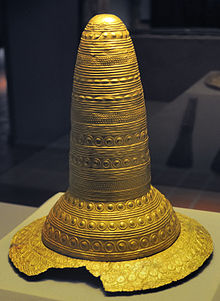
Every day, here in Germany, it seems like I come across something weird and slightly puzzling from a historical perspective.
Today, I'm wondering, why were 700 'erdstall', short manmade tunnel systems, built under Bavaria and Lower Austria?
Today, I'm wondering, why were 700 'erdstall', short manmade tunnel systems, built under Bavaria and Lower Austria?

No two 'erdstall' are exactly the same, but do include common features such as slips, where a person could sit or stand.
This one can be found near the municipality oft Beutelsbach.
This one can be found near the municipality oft Beutelsbach.

They're not wine cellars, or places for storing goods - they're simply not built to store things, and they're often damp and confined. 

Most were built between 1000 and 1300, based on charcoal and other goods recovered from the tunnels.
This might give us a clue as to their use.
This was an era of frequent invasion from the east, but nomadic peoples, such as the Magyars.
This might give us a clue as to their use.
This was an era of frequent invasion from the east, but nomadic peoples, such as the Magyars.

So, one school of thought runs that these were shelters for local inhabitants from the frequent raids that took place during this period. 

The other, based on their proximity to churches and cemeteries, runs that they were used for a religious purpose, a place of pilgrimage and contemplation. 



Whatever the case, they're a fascinating riddle to solve and a window into a different world. Here's a great @SPIEGEL_English article about them. /FIN spiegel.de/international/…
• • •
Missing some Tweet in this thread? You can try to
force a refresh






















